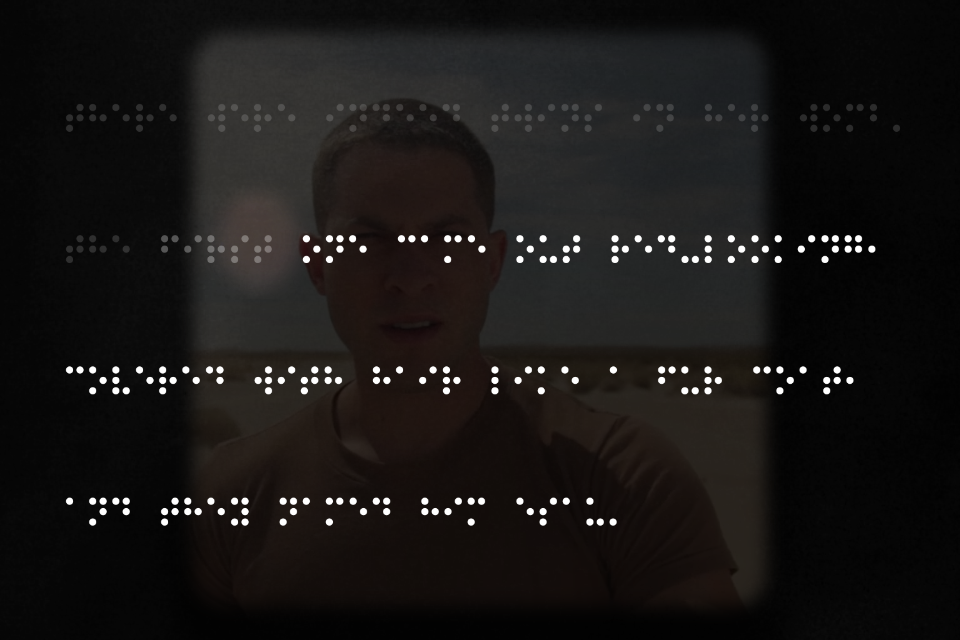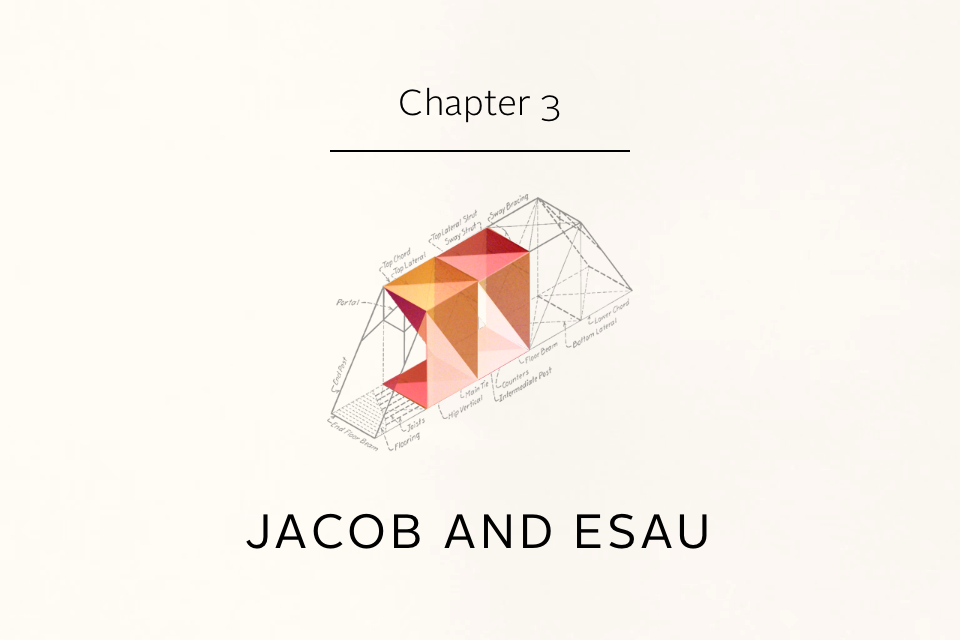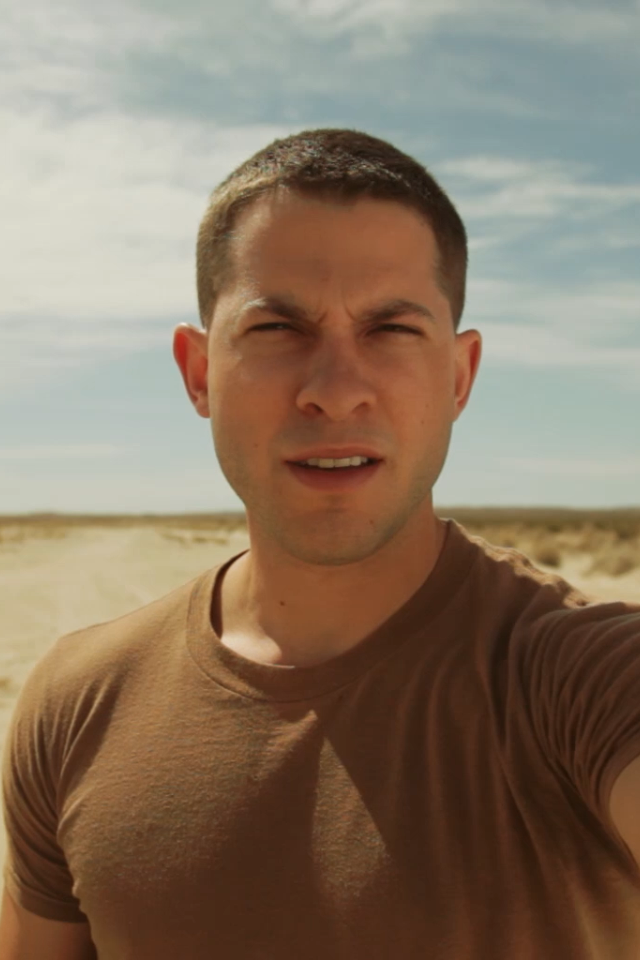
Pry creates and tells a story in a way hardly seen in other forms of storytelling. It uses the touch-screen environment to its fullest, having the reader both pinch and expand in order to experience the work in a variety of ways.

While the content itself may not appear linearly, it seems that there is only one path through in which the reader can experience. The story is separated into clearly defined chapters as though to emphasize that point, while also mimicking the format of a book despite being composed of both text and video.

The story itself does carry through at a relatively quick pace. When it begins, it brings forth questions of what’s going on, quickly followed by questions of time–what is past or present in these sequence of events? The reader is given the task of unraveling that, while also determining what is true and what is not. There seem to be these sort of ‘false memories’ incorporated where he imagines his own murder by both a female character by the name of Jessie, as well as the protagonist’s brother.
The protagonist whom the reader seems to peer through the eyes of, and often times Pry open, is introduced as James. He appears to be suffering from PTSD due to his time in the military, as is indicated both by flashbacks to when he was in uniform, as well as his difficult focusing. There will be times when his vision will blur and his ears will ring, or when he sees the face of a girl even when his eyes are closed. If the reader pinches the screen together, words or images will flash by, expressing the hurriedness and chaos of his inner thoughts, perhaps.


He has moments, increasingly frequent the further into the story the reader travels, where he overlaps memories. His past and present collide as though he’s struggling to tell the difference. He also takes some time to delve into his past which is when we learn of his brother.
The screen itself forces the reader into a landscape reading mode for chapter 3, horizontal instead of vertical. Braille begins to populate the screen, and as the reader runs their finger over it, the protagonist speaks and images appear like old home videos. Depending on the speed the reader goes over the braille, they may see one quick clip or a different clip of video for each word or key term in the sentence. The braille is an interesting feature, and certainly the most notable in my opinion, that again takes full advantage of touch screen’s built-in features.
Source:
Pry by Tender Claws LLC